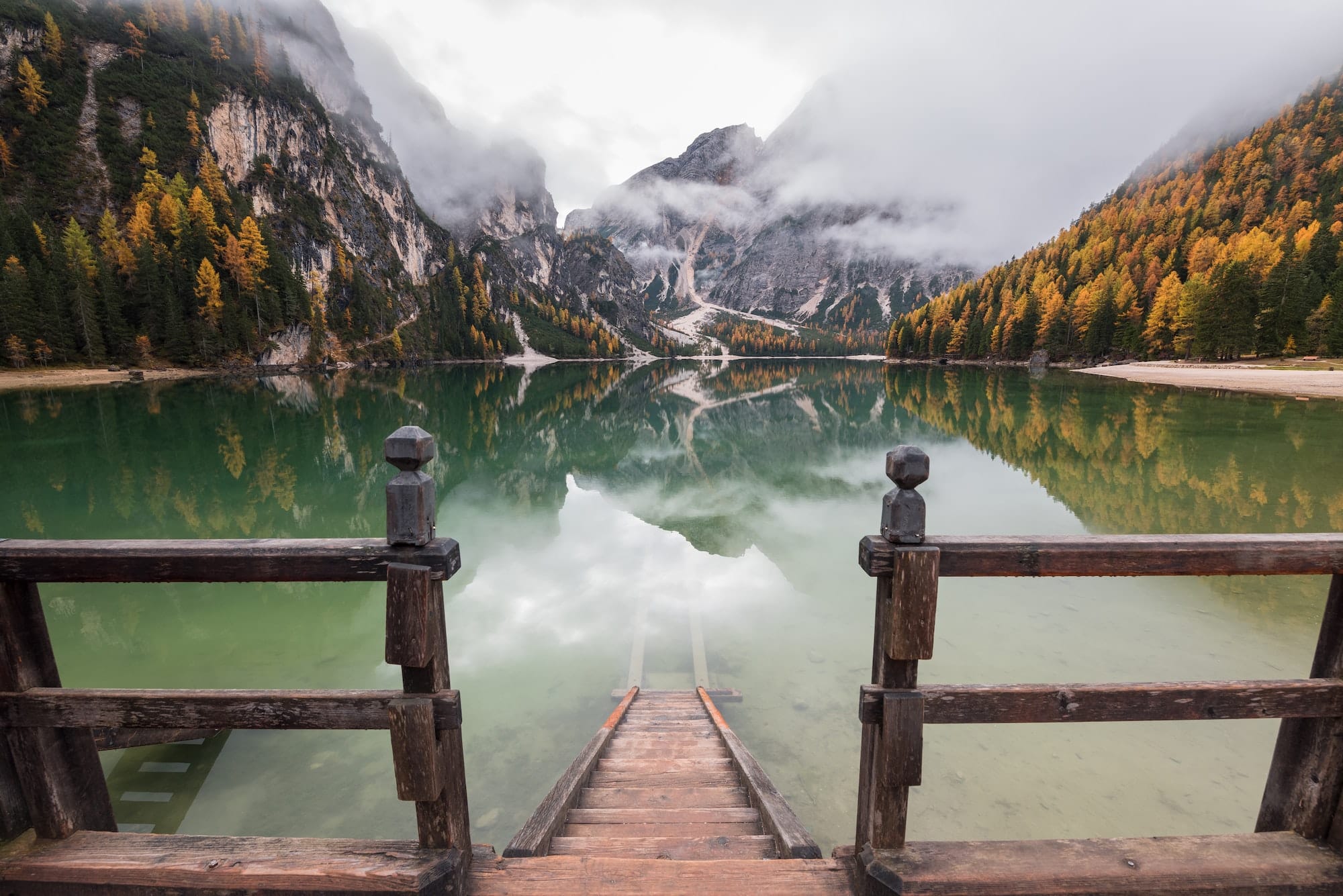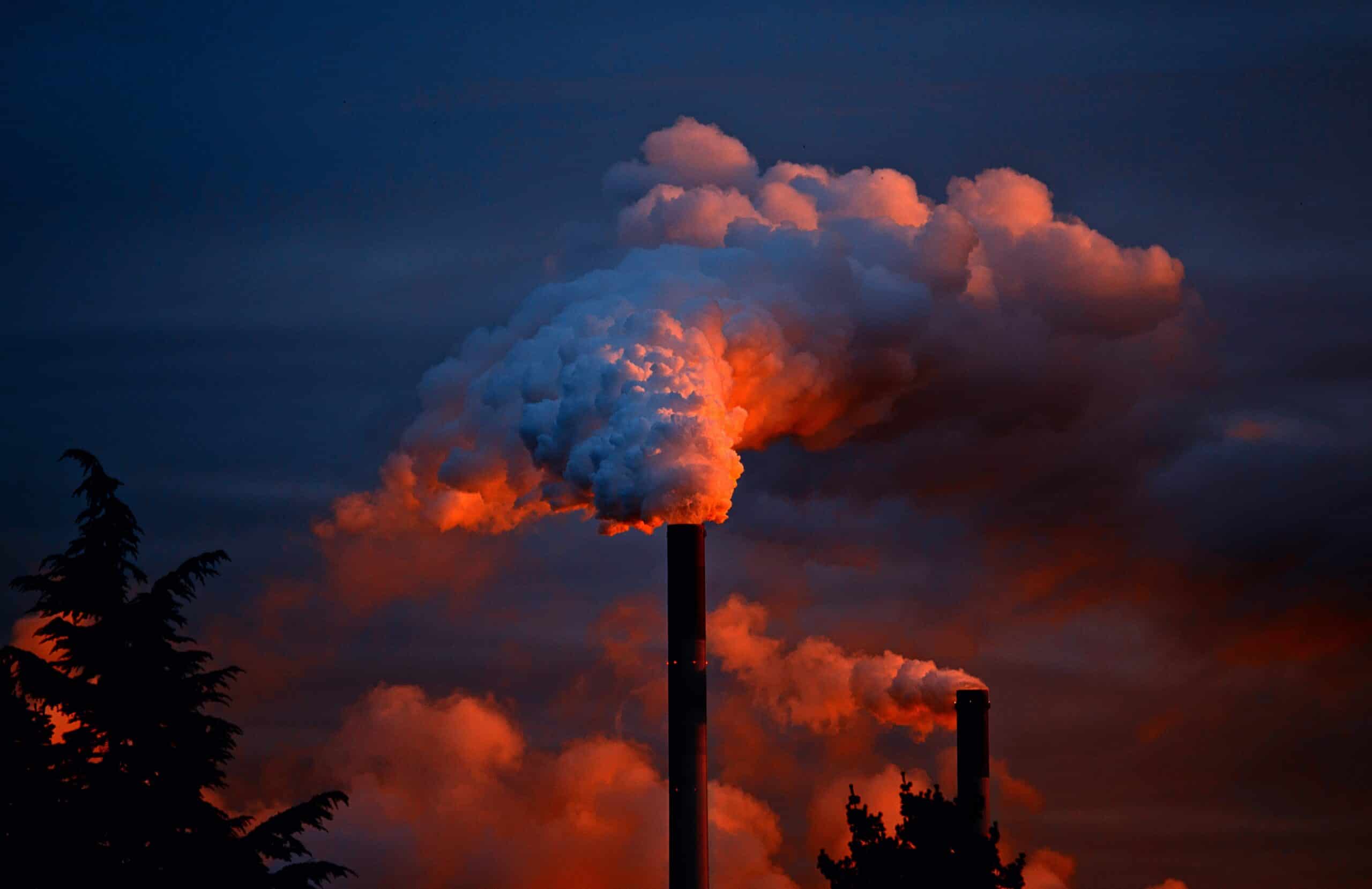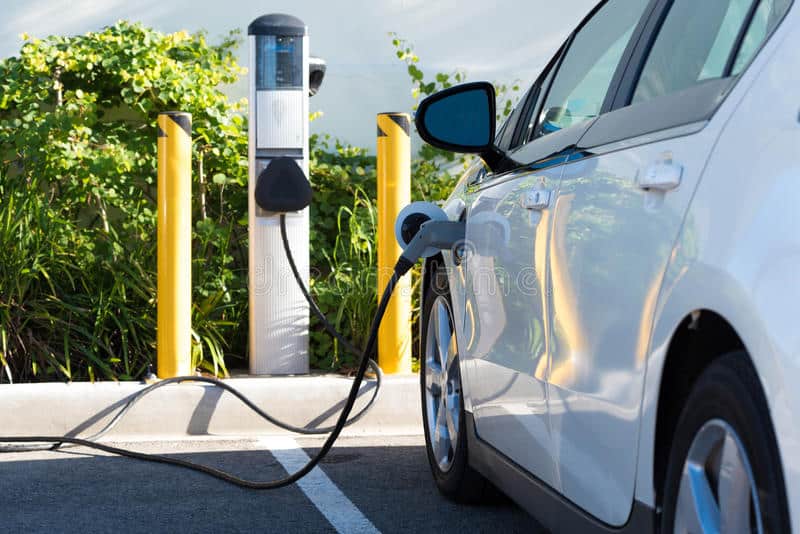In the last 10,000 years, one third of the world’s forests have been depleted. Global forest loss took a huge turn in the 20th century due to an increase in population. Needing more habitable areas for the growing population to live, and harvesting wood in order to provide food caused this influx. Deforestation isn’t a new concept in the way that energy usage and light pollution are, yet we have watched deforestation take over the earth, slowly, over time. However, that slow rate has recently, in the last 100 years, quickened. The rate that deforestation is happening now, is alarming, and is large enough to make a historical difference, which is why we are discussing it now in the 21st century.
If the global population growth and the need to survive are what is causing deforestation on planet earth, what does that mean for the future? Well as we have watched in the last 100 years, deforestation will continue, as population growth continues. Although we are in a position of deforestation where we are doing better than we have in previous decades, the earth deserves to have her forests preserved, and taken care of, especially as we look towards creating a community where food and shelter are more sustainable and less destructive to the environment.
Forests cover about 30% of land today, which is a 15% decrease from 10,000 years ago. Although many forests provide aesthetically pleasing landscapes, they are also very important to our atmosphere, and ecosystems. Naturally, trees absorb carbon dioxide and greenhouse gasses that are emitted into the air. With an influx in greenhouse gas, the planet needs as many natural options as possible to pull Carbon Dioxide out of the air. 80% of earth’s land animals are in forests, and deforestation causes them to lose their homes and ecosystems, which leads to animal extinction. Trees in the rainforest have spread out, thick leaves, tha canopy the ground and protect the beating sun from penetrating the wildlife on the ground, and lock in that heat as night falls. With the rainforest going through deforestation, that canopy of protection is nonexistent and causes temperature changes. Temperature changes can also cause animal extinctions, and contribute to climate change.
Deforestation spreads diseases. 60% of diseases come from animals, and can easily travel from animals to humans. When the ecosystem and home of an animal is changed and threatened, that disease is more likely to be passed to humans. Habitat loss leads to the spread of viruses, as animals leave what was once their home, and seek out to find new shelter. Aside from disease, deforestation causes carbon that has been held within these trees to be released back into the same air it was taken from.
More than half of all deforestation can be blamed on agriculture/farming, mining, grazing of livestock and drilling. Forestry practices, wildlife, and a small amount of urbanization are the rest. Palm oil is a large motivator for deforestation in Malaysia and indonesia. Palm oil is in many hair and body care products, as well as some foods like crackers. Palm oil can be used for various things, and is a highly valued material to extract and use in these items. For many parts of the world, making a profit is more important than conserving the earth. In the Amazon, farmers are clearing the rainforest for soybean fields. Destruction of the Amazon Rainforest leads to many issues, including those that we discussed above, that directly impact habitats.
Not only is deforestation impacting climate change, it also takes a huge toll on animal populations, risks disease spread, and adds to the overproduction of CO2 in the atmosphere.








